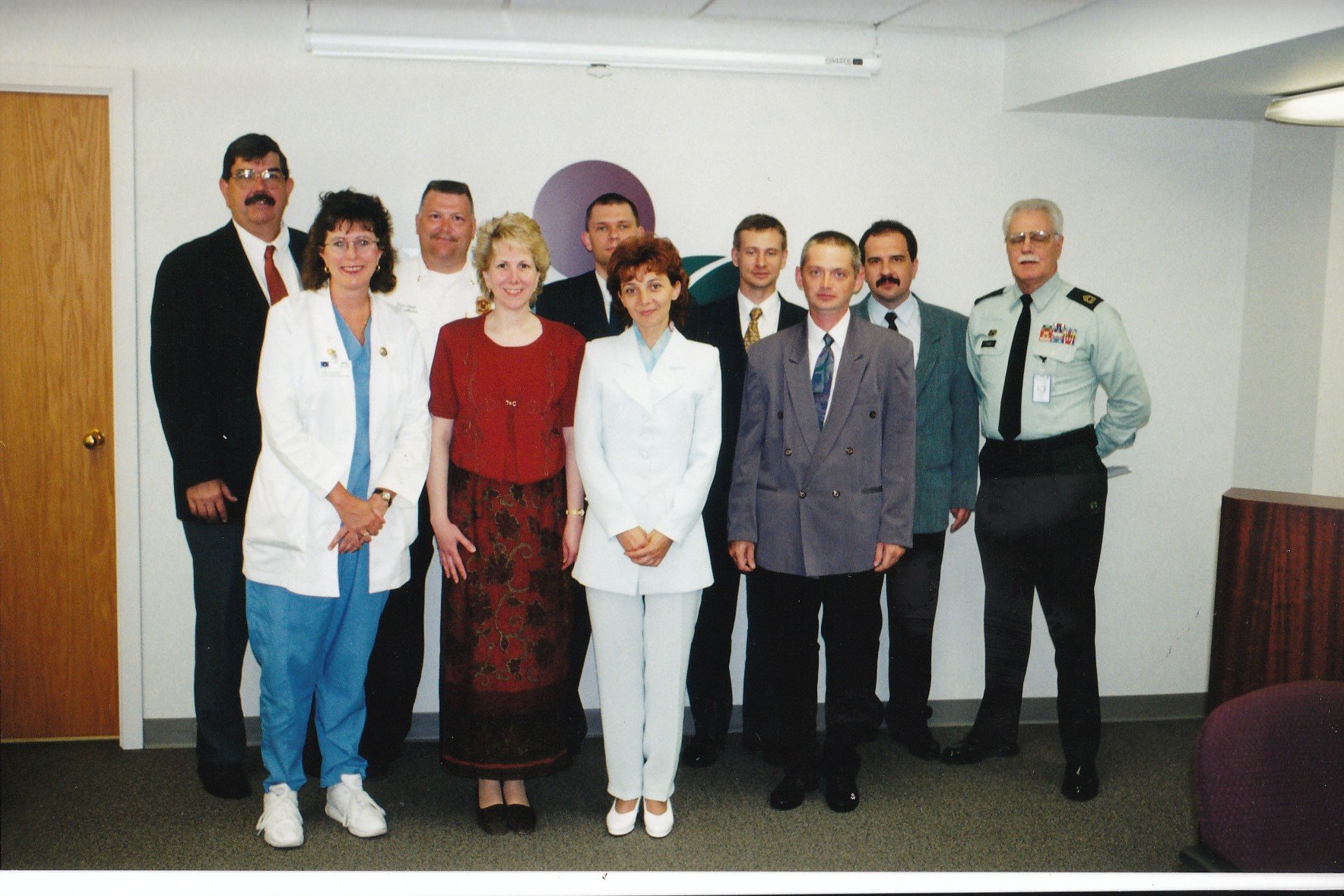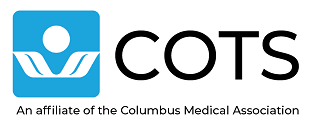
Our Story
Looking Forward
Thirty years ago, the Central Ohio Trauma System began as a local resource serving the community with trauma prevention and education to increase victim survival after a trauma event. But, the Central Ohio Trauma System didn’t stop where most trauma networks do.
Since then, we’ve doubled the size of the areas we serve and evolved into a healthcare coalition for trauma, emergency and disaster preparedness.
We’ve become known for standing ready to support the teams who keep Ohio safe, through our regional trauma organization, our emergency services collaborative, our disaster preparedness coalition and our award-winning educational programming. And, to those teams, we’ve become known as simply COTS.
Today, our board and committee members represent almost half of Ohio and we provide services well beyond our foundation in trauma. It’s time to make it official: we are COTS.
No longer just an acronym, COTS is now our formal name signifying the evolution of our coalition and representing all of our members and their diverse work.
When the worst happens the best are ready.
COTS - A healthcare coalition for trauma, emergency services, and emergency preparedness and response.
Mission: Physicians, healthcare professionals, and other experts working together to improve the health and safety of our communities.
Vision: Access to the best care and outcomes through collaboration, coordination, education, and prevention.
Values:
Optimistic – we maintain a positive, uplifting attitude and embrace new opportunities with enthusiasm.
Good people, doing great things – we aim to be principled in all aspects of our work; we go beyond the expected, innovating and tackling big challenges..
Trustworthy – we have caring and personal attitudes toward building our partner relations.
Practiced – we are knowledgeable, experienced, and able to carry out our assigned work/projects.
Collaborative – we support all regional partners, and we are unbiased and collegial.
Engaged – we are proactive and responsive to our customer’s needs
COTS is a voluntary, cooperative, self-regulatory organization and maintains a 501(c)(3) Internal Revenue status for charitable, educational, and scientific intent.
COTS
History
-
In early 1995, members of the Columbus Medical Association (CMA) came together to discuss the increasing numbers of central Ohio youth dying from preventable traumatic injuries. The Regionalized Trauma System Task Force was established, comprised of 11 local physician and nurse trauma care leaders. Their mission was to explore possible solutions to increase victim survival after a critical trauma event in central Ohio and to address public injury prevention education.
In 1997, the group was renamed the Franklin County Trauma Committee after seeking participation and collaboration from all local hospitals and Emergency Medical Services (EMS) agencies. However, trauma surpassed the Franklin County metropolis as hospitals and EMS providers from contiguous counties were increasingly utilizing Columbus trauma centers to care for their critically injured patients. In 1997, the name was changed to the Central Ohio Trauma System (COTS) Foundation and it was incorporated. The Board of Trustees was seated including representatives from hospitals, EMS agencies, local government, public injury prevention programs, and the CMA.
In 1998, the Central Ohio Trauma System Foundation was officially established as a 501(c)(3) non-profit status and hired its first employees.
In 1999 the “Foundation” designation was found to be misrepresentative of COTS’ mission and goals in the community. The term “Foundation” was legally deleted by formal trade name registration with the Ohio Secretary of State and the current name of Central Ohio Trauma System, or COTS, was identified. The initial work of COTS included establishing the COTS Regional Trauma Registry, convening stakeholder groups to determine local trauma care issues, and teaching stakeholders about the importance of “getting the right (trauma) patient to the right hospital in the right amount of time.” Trauma stakeholders were not familiar with COTS and did not know the value of a regional trauma system. Originally, only hospitals, EMS, and public health within Franklin County were involved with COTS, but it did not take long for contiguous and non-contiguous counties to participate once they recognized the benefits of regional collaboration. Over the years, COTS expanded its focus from trauma to emergency medical care issues including but not limited to emergency department diversion, patients experiencing a sudden cardiac event or a stroke, and transportation of patients with concealed carry weapons.
In 2002, COTS took on the role of coordinating disaster preparedness for hospitals, health care systems, and other healthcare partners in the 15 central Ohio counties.
-
After the 2016 strategic board retreat, COTS created three divisions with advisory boards to the main COTS Board of Trustees to ensure strategic collaboration and a response-ready system of care: trauma, emergency services, and disaster/coalition.
On January 1, 2019, COTS began coordinating disaster preparedness for the 21 southeast and southeast central county healthcare partners.
In June 2022, the Central Ohio Trauma System officially changed its name to COTS. This was done because our partners represent 37 of Ohio’s 88 counties. Their experiences are vast, and their need to work together has never been stronger.
On October 8, 2022, COTS celebrated 25 years of bringing Central, Southeast, and Southeast Central Ohio's health systems together. Watch videos that dive deep into our history as well as the far-reaching branches of our organization by clicking here.
-
Today, COTS is a significant force in the Central and Southeastern Ohio communities around issues of trauma, emergency services, and emergency preparedness. COTS is THE organization where patient care issues affecting more than one stakeholder group can be brought and addressed in a neutral forum. It is the one place in Central and Southeastern Ohio where no matter which stakeholder groups are involved in addressing the issue, the PATIENT is always at the center of decisions being made. The work done by COTS stakeholders ultimately benefits the patient even though no direct patient care services are provided through COTS.
The success of COTS is due to the tireless dedication of many stakeholders---physicians, nurses, EMS providers, public health experts, emergency response personnel, registrars, program coordinators, administrators, and countless others. Without these unsung heroes, a regionalized system of care could not be possible.
